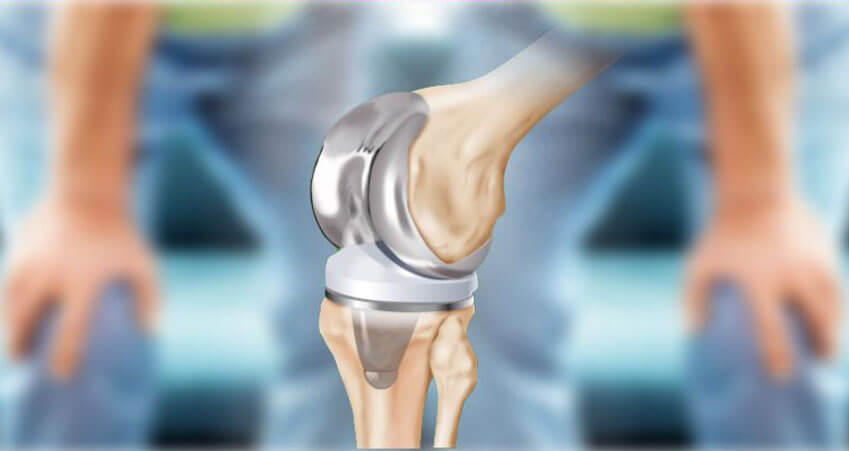Joint Replacement Surgery A Successful Treatment
Joint Replacement Surgery is being done for people suffering from painful joints (mostly hips & Knee) due to Arthritis of various causes. Commonly people above the age of 50 suffer from wear and tear of the knee or hip joints leading to osteoarthritis – pain & swelling . After all measures of medical treatment with injections, tablets, physiotherapy etc, if the person still has pain, then they may be considered for joint replacement surgery.
Normal joint contains two or more bones covered by cartilage causing smooth movements. Due to wear and tear, the cartilage gets damaged and person gets pain and swelling. Similarly, cartilage can be damaged due to injury, which can also lead to arthritis. So, in all these conditions, joint replacement is the preferred treatment, and after treatment, medicines have no effects.
Hip and Knee joints are the most commonly replaced joints. Other joints like shoulder, elbow, wrist, finger and ankleankle joint are also replaceable but less frequently. Once a person decides to have a joint replacement, he / she undergoes full body checkup to prepare for surgery. When all is well, then they are given either regional or general anaesthesia and the joint replacement is performed on the affected joint.
In the hip, it is a ball & socket joint, so both the parts are replaced by artificial materials. The affected hip is removed and the artificial cup made of metal or plastic is fixed on to the bone. The metal cups is lined by plastic or ceramic on the inside. The metal cup is initially fixed by screws and eventually bone grows over its outer surface and keeps it in position. In older individuals where the quality of bone degrades the plastic cup be fixed with bone cement.
The ball part of the hip is replaced by a metal or ceramic ball which is attached to a stem and it is inserted into the thigh bone. Here also, in older individuals, bone cement can be used to hold the stem in position. Normally, a cemented hip replacement lasts for 10 years to 20 years, whereas an uncemented hip replacement can last upto 30 years.
The use of ceramic (toughened) cups and ceramic ball has made the hip replacements last much longer than before. In the knee joint, the lower end of the thigh bone and upper end of the leg bone are shaped so that it can hold the artificial joint. The artificial knee joint is held by bone cement. After the surgery the person is given adequate pain relief and by second day after surgery, the person is made to walk, bend the knee or hip. Physiotherapy is given meticulously to ambulate the person as quickly as possible.
Once walking well with the support of walking aid – walker / Sticks, the person is discharged home in a week and sutures are removed by second week. The person can continue to walk with the support of walking aids for 3-6 weeks after which, they can walk freely.
The success rate for joint replacement is approximately 98% with infections and DVT being possible complications. Infections are controlled by operating in 0% bacteria operation theatres and antibiotics. DVT or clotting of blood can be prevented by thinning the blood during and after surgery for a few days with medicines.
Latest advancements in joint replacement surgery includes computer assisted orthopaedic surgery, patients specific instrumentation (customized for each patient), Newer materials which last, longer. Computer Assisted Orthopaedic Surgery (CAOS) done due to its accurate placement of implants which in turn leads to longer life for the implant. Newer materials like ceramic oxenium and highly porous metal surfaces lead to longer life of the implant. So a well done surgery should relieve the symptoms of pain and deformity for someone suffering from arthritis and get the person back to normal life, pain free and fully mobile.











